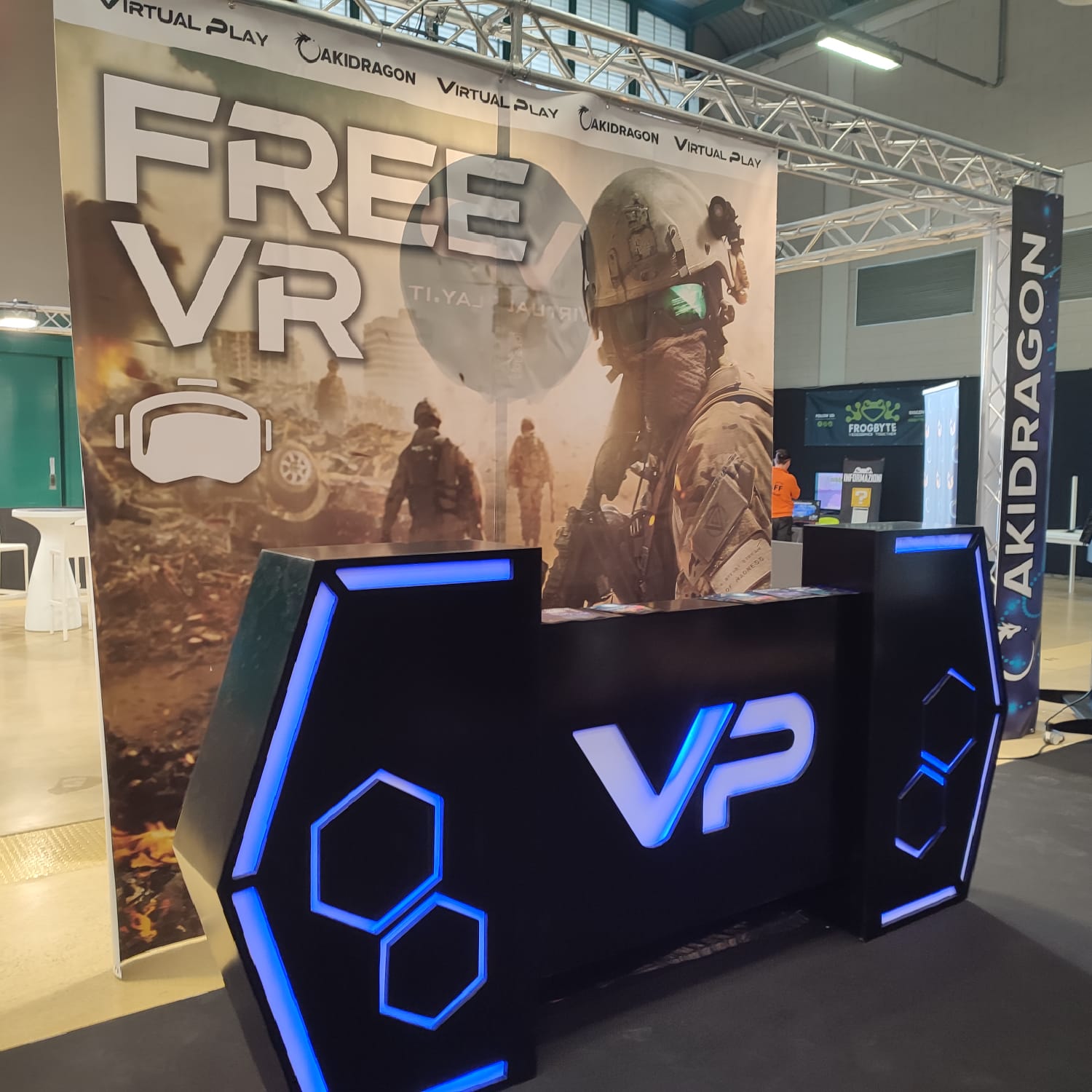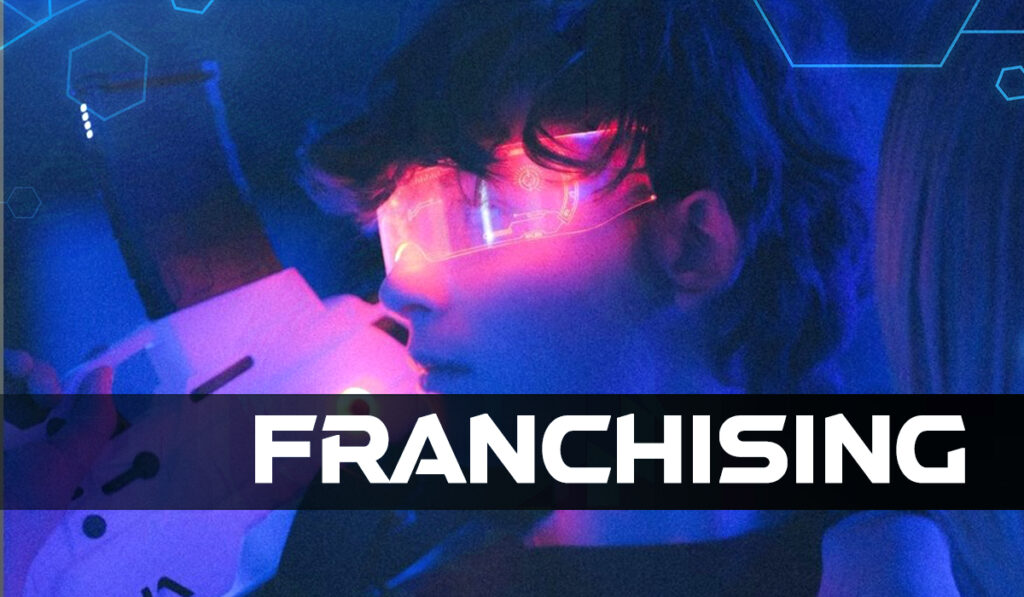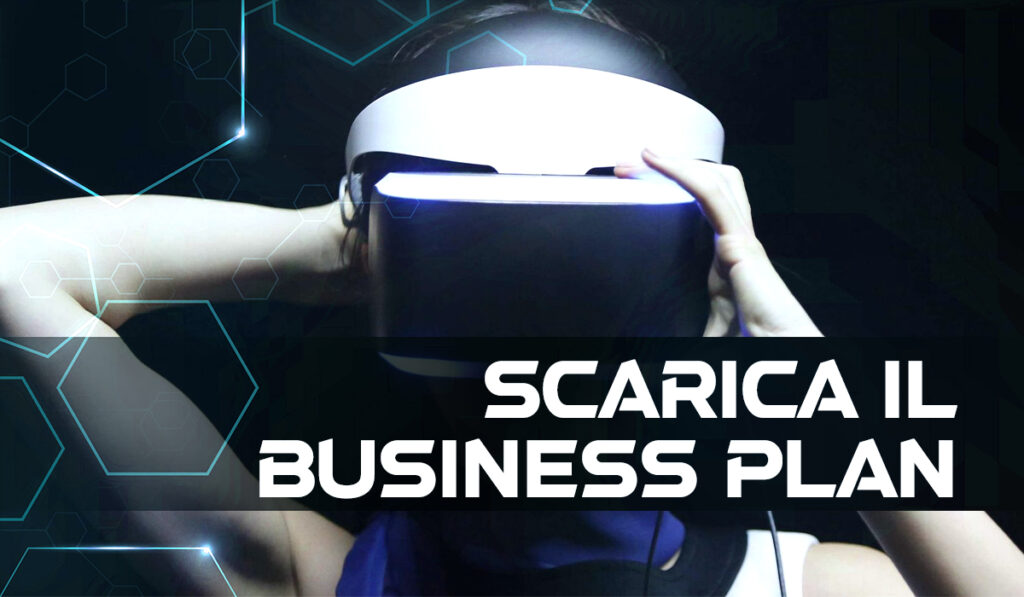Virtual Reality for firefighter training.
- HOME
- Virtual Reality for firefighter training.
In a rapidly evolving and changing world, staying up-to-date is a necessity.
This applies to everyone, including law enforcement personnel and operators who, in various capacities, provide public services.
it is not surprising that innovative solutions are emerging from all over the world, aimed at improving or simply optimizing the efforts of different professional categories. The need to stay up-to-date translates into opportunities for many.
James Mullins, a volunteer firefighter and associate professor at the Institute for Intelligent Systems Research and Innovation (IISRI) at Deakin University in Victoria, Australia, is the one who came up with the idea of using the potential of virtual reality for the training of firefighters.
Here's what you'll find in this article
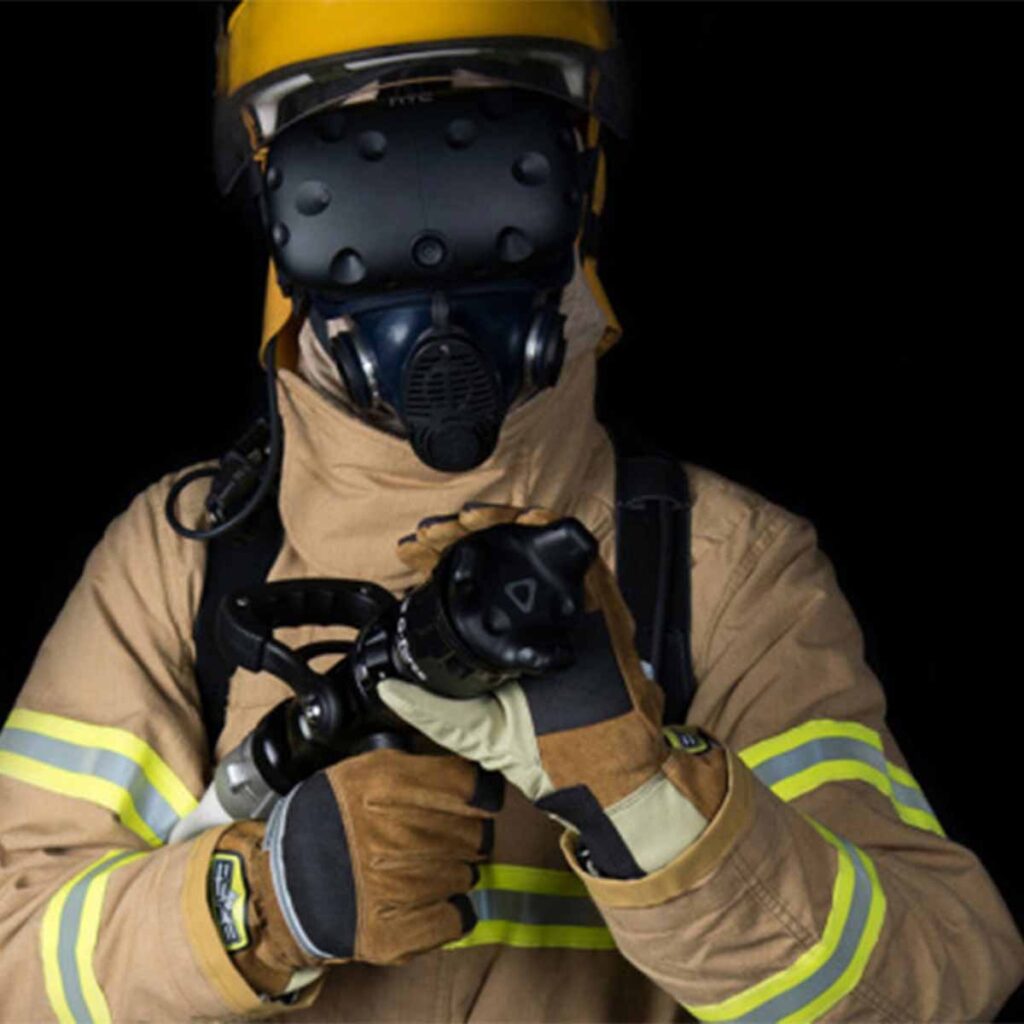
It's called the Flaim Trainer, and it's a VR-based system capable of simulating ordinary and extraordinary firefighting scenarios.
It operates in a seemingly simple manner: thanks to a headset, a series of sensors, and other components applied to their equipment, firefighters find themselves immersed in a highly realistic scenario of the simulated incident.
Sight is not the only sense involved: in addition to the 3D reconstruction of the scenario, various user movements and some plausible sensations during the simulated emergency situation are also simulated.
An example? The sensation of heat.
Thanks to a special suit, the firefighter experiences the surrounding scenario in an extremely realistic way: they feel more heat as they approach the fire, experience the lack of oxygen, and perceive the (almost!) real risk just as in reality.
In addition, the user is equipped with other sensors aimed at monitoring their overall health condition, such as heart rate, physiological response, and performance.
Why VR Is a Perfect Solution for Training.
A system like the one developed in Australia offers a whole series of advantages that are not taken for granted.
Indeed, while the vast variety of situations that can be presented to trainees is evident, it is less obvious to read and analyze their behaviors in these dangerous situations. The VR system allows for accurate and detailed assessment of trainees’ reactions and decision-making, providing valuable insights for improvement and refinement of their skills.
The system provides valuable information not only about their physical health but also about their psychological state. It reveals how they handle emergencies, interact with the environment, find solutions under tight time constraints, and respond under stress. This level of insight is crucial for enhancing their preparedness and optimizing their performance in real-life emergency situations.
Furthermore, if we consider traditional training systems, the adoption of VR entails significant cost savings and much, much fewer risks than a regular exercise.
Indeed, as we have already emphasized, times are changing, and that’s just how it should be. But when it comes to VR, let us say that there is a whole new world that will eventually engulf us with opportunities.
We will be there.
And you?
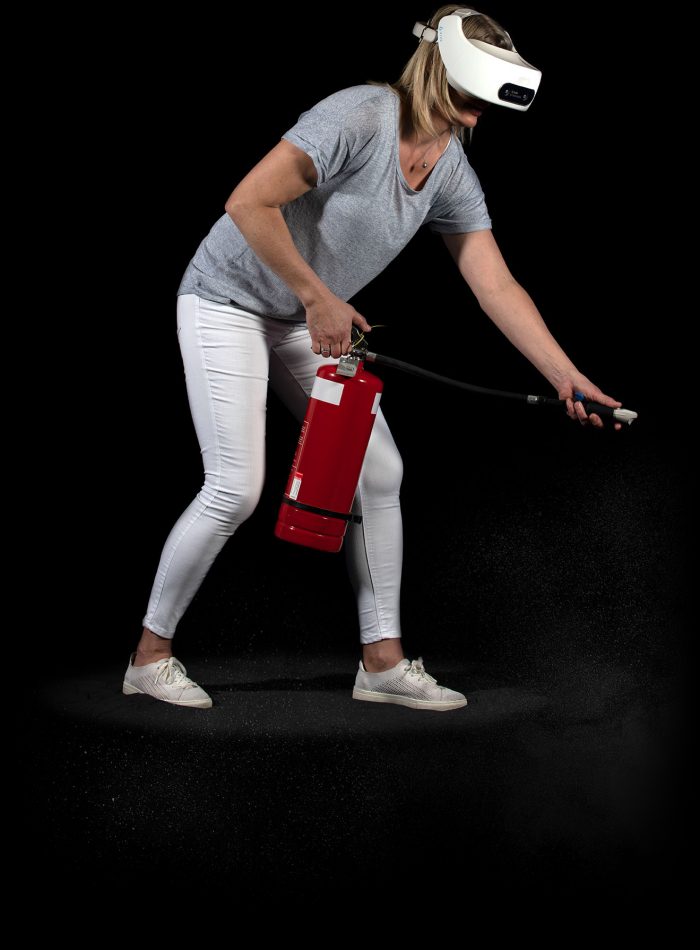
SHARE:
-
Facebook
-
Whatsapp
-
Twitter
-
Linkedin




